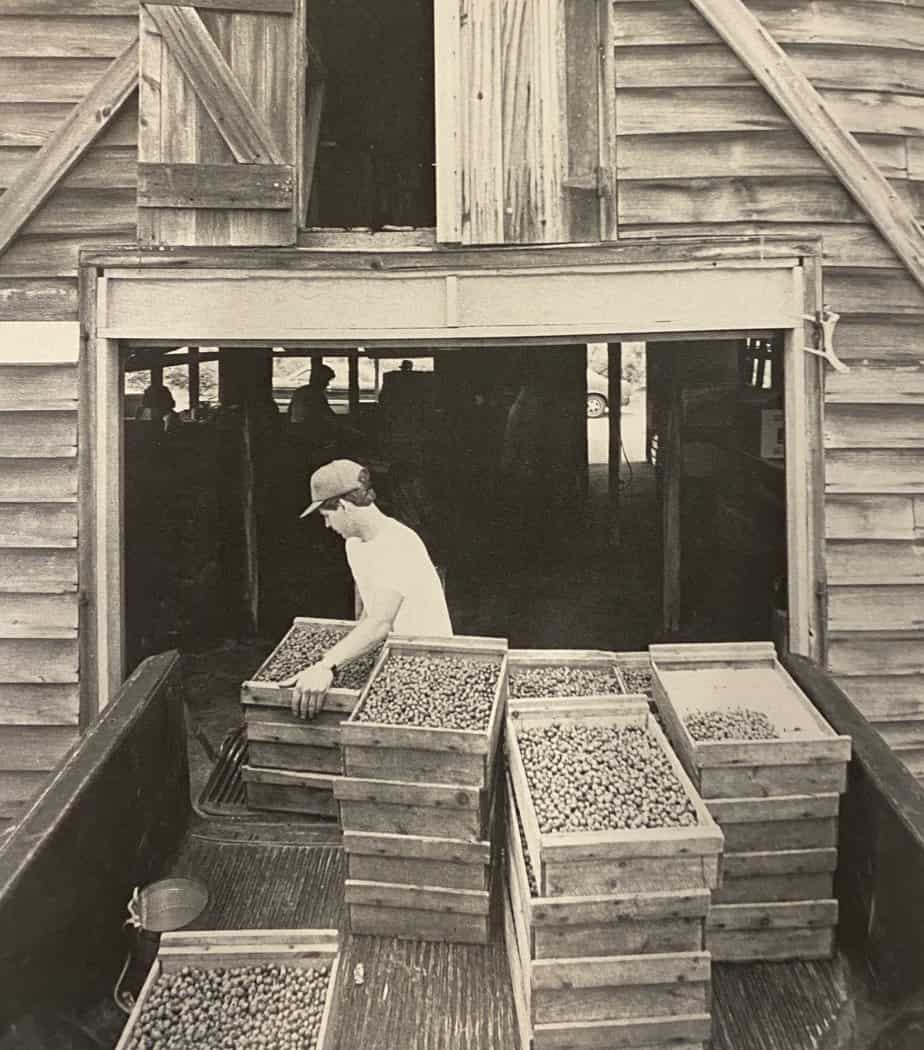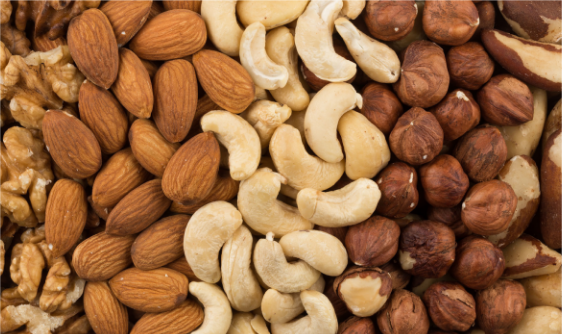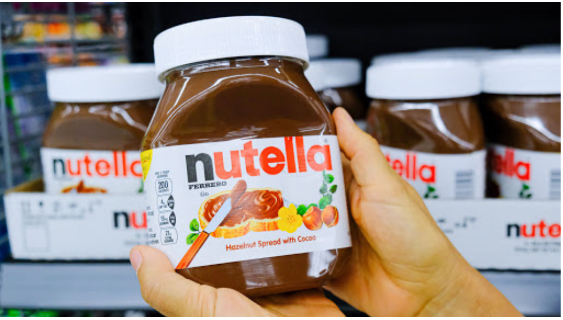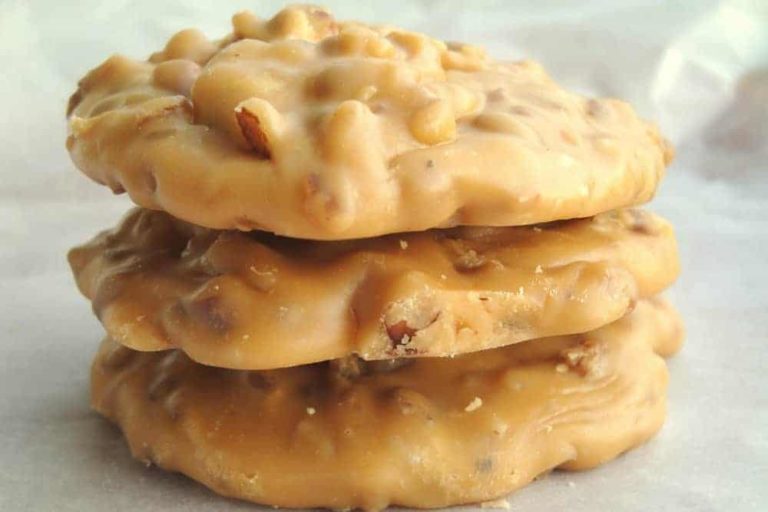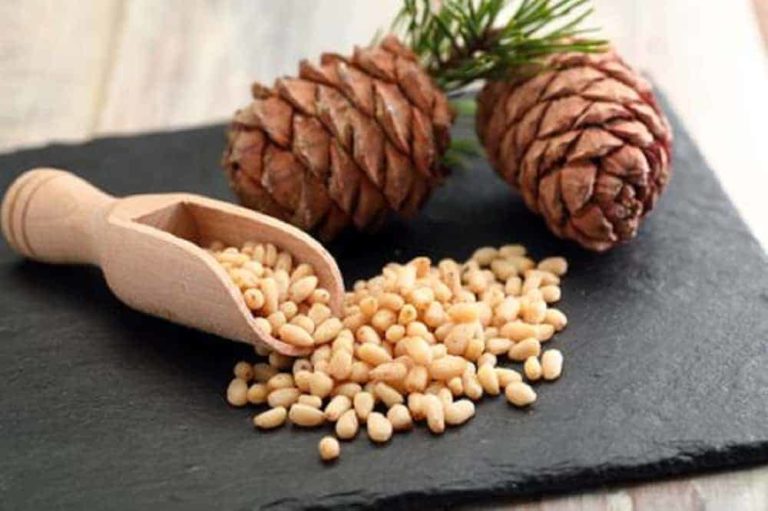Your cart is currently empty!
History Of The American Blueberry Farming industry
Many of the cranberry growers also raise blueberries. “Blueberries was a way of supplementing your income as it first came on,” grower Brad Thompson of Vincentown told ethnobotanist, Eugene Hunn, “so people would get enough money together to put in three rows of blueberries, and then they would get three more, and then they would get an old cranberry bog and plant all that. My grandmother’s generation started that way.” Stephen Lee and his sons Abbott and Stephen grow cranberries and blueberries at Speedwell. “Our blueberry fields and cranberry bogs here are practically the same type of ground,” says Mr. Lee. “We can turn any blueberry fields into cranberry bogs the way we’re located. It’s the same ground. If you’ve got good blueberry ground, you’ve also got good cranberry ground.”
Blueberries And The Crossbreeding Of New Varieties
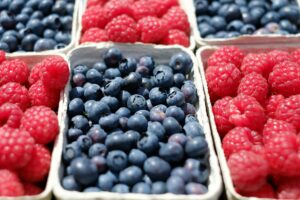
Two varieties of blueberries grow naturally in the Pinelands: the high bush (Vaccinium corymbosum) and the low bush (Vaccinium pennsylvanicum). Local residents refer to them as “huckleberries.” In 1916, Dr. Frederick V. Coville of the United States Department of Agriculture and Elizabeth White, the daughter of J. J. White, the founder of Whitesbog, attempted to cultivate blueberries in New Jersey. They enlisted the help of local gatherers to locate the best wild blueberry shrubs and named many of the cultivated blueberries after the woodsmen who found them. The “keystone” of the cultivated blueberry, Miss White said in a 1953 interview, was the Rubel, named for Rube Leek of Chatsworth.
Since that time, many more varieties of blueberries have been developed through crossbreeding the original varieties. Some of the newer varieties include the June, introduced in 1930. The Weymouth was introduced in 1936. The Berkeley and the Coville were both introduced in 1949. Finally, the Bluecrop was introduced in 1952. Brad Thompson has grown all these, but he removed the Covilles because they weren’t producing much. He put in Weymouths because, he says, they’re sweeter than Bluecrop and Berkeley, they’re a “good cropper,” they get “good money.” You can save time for blueberry farming by getting a tractor between the bushes.
Cutting And Pruning Blueberry Bushes
The propagation of blueberries is usually done from cuttings. The 12 to 30-inch-long shoots from which the cuttings are made are called “whips.” The cuttings are collected in the spring, before the beginning of bud growth (usually between March 15 and April 10). They are planted in sphagnum-lined boxes containing peat and sand. In the early fall, the rooted cuttings are planted in the fields.
When the plant is one year old, it will flower and produce fruit. The flower buds are initiated in the summer and develop through the fall and winter. Coville advocated planting different varieties of blueberry bushes in alternating rows because when the flowers are pollinated with pollen from the same variety. The berries are smaller and mature later.
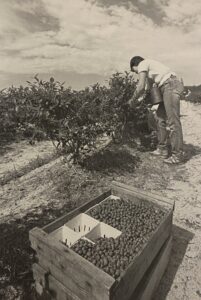
Honeybees hired by beekeepers do the pollination. Bob Reeves, a blueberry grower from New Lisbon, says it takes one hive per acre. The beekeeper who supplies him takes his bees to Florida in the winter to pollinate orange and grapefruit trees, follows the blueberry blossoms from Carolina into New Jersey, and then the cranberry blossoms to Cape Cod. “You don’t try to bring [the bees] in until there is bloom showing,” says Reeves, “because if you bring them in too quick, they’ll go out onto wildflowers.” The bees are left in the fields for three to four weeks. Stephen Lee notes that he hires bees first to pollinate his blueberry bushes and a second time to pollinate his cranberry vines. “In other words,” he says, “the same colony of bees is hired twice.”
When Is The Blueberry Harvest?
The blueberries are usually harvested between June 20 and August 15. Previously, lowbush blueberries were harvested using a hand rake, sometimes called a “huckleberry knocker,” similar to a small cranberry scoop. The highbush variety is usually harvested by hand-picking. Since the 1960s, growers have also used a mechanical harvester that straddles the row of blueberry bushes while hydraulically operated rods vibrate the bush to detach the fruit. Today, the hand pickers are contract migrant workers or local high-school students.
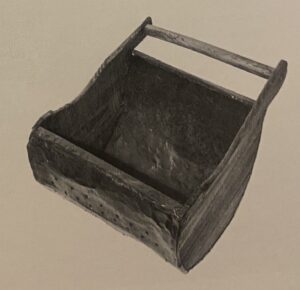
There are two methods of hand-picking. In the first, the blueberries are put into a small pail fastened to the picker’s waist. The pail is then dumped into larger trays. In the second method of blueberry farming, they are picked directly into market-ready boxes. The soft, fresh product is then transported on pallets to the packing shed to be processed for the fresh market. The green berries, dirt, leaves, and sticks go into a sorting tray in the shed from the marketable berries by rolling them down a screen. Electric fans now have a use in blowing the leaves off the screens.
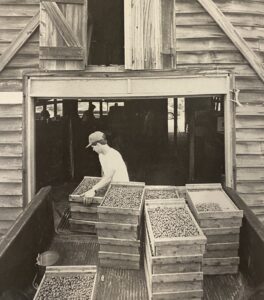
The Writings Of Margaret Bakely
Margaret Bakely tried her hand at blueberry farming and learned that when picking, there was a knack to it that she didn’t have:
“You’ve got to have big hands, or the berries will fall right through your hands. That’s what happened to me. Some people could pick twenty trays daily, but I could only do a couple. You pick not with your fingers but with your thumbs. You hold your hands like a cup, go up to the bush, work your thumbs on them, and they drop into the cup. So the bigger hands you’ve got, the bigger the cup.”
Even more taxing than the task is the heat in a blueberry field. Bakely says: “You have to be able to stand the heat, and I couldn’t. I think of a warm autumn day—Indian summer —with the yellow sky reflecting the colors. The crows. There are always lots of crows around. It’s a feeling of rest after a busy summer.“
A Look At The Historical Way Blueberries Were Packed
“When we’re finished picking blueberries,” said Stephen Lee, “we take about a week or ten days as a break. Then we bring in a crew of people that will prune blueberries for us.” Pruning happens to balance the size of the ready fruit with the production of new fruit the following year. Too much pruning increases the size of the blueberries but decreases total production. Light pruning will result in more but smaller blueberries. Those who wield the shears have to know how to strike a balance. Vernon Bakely “used to be a great pruner,” his wife recalls. “He picked it up from his mother.
They’d go around and prune off patches together.” The pruning is done while the bush is dormant and interrupted by the cranberry harvest in October. In November, pruning resumes and continues through the first week of April.
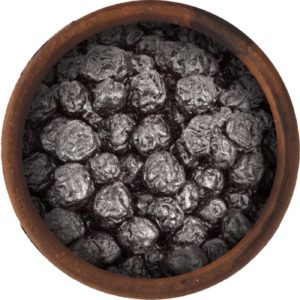
The End Of Blueberry Farming At The TRU BLU Cooperative
Many New Jersey blueberry growers were associated with the TRU BLU Cooperative, established in 1927 and closed in 2005. It accounted for about 20 percent of the total blueberry crop in the state. The closing of the Cooperative meant the end of an era for the American blueberry farming industry. It represents the large growers, such as the Haines, White, Reeves, Lee, and DeMarco families, and the small growers. Because blueberry growing is labor intensive, the small growers can continue to compete with the large growers. Brad Thompson feels that he has made a good living growing blueberries. “Of the natives,” he told Eugene Hunn, “I know very few instances of poverty. I’ve seen that there are still enough resources to maintain a fairly good living level.
Many thanks to the collection Pinelands Folklife Project.

